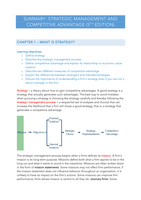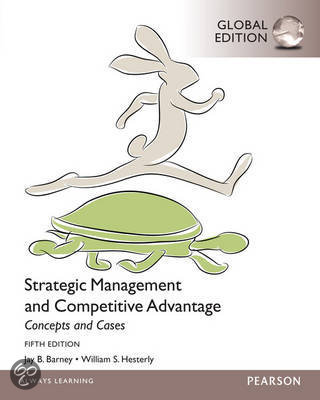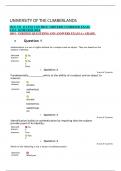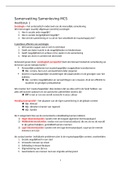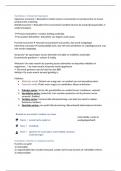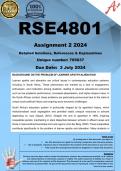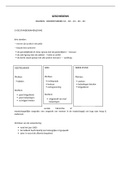Samenvatting
Summary Strategic Management and Competitive Advantage (Chapter 1-8)
- Instelling
- Maastricht University (UM)
Detailed summary with illustrations and tables of chapter 1 until 8 from the book Strategic Management and Competitive Advantage (5th edition by Barney). Good luck studying! :)
[Meer zien]
